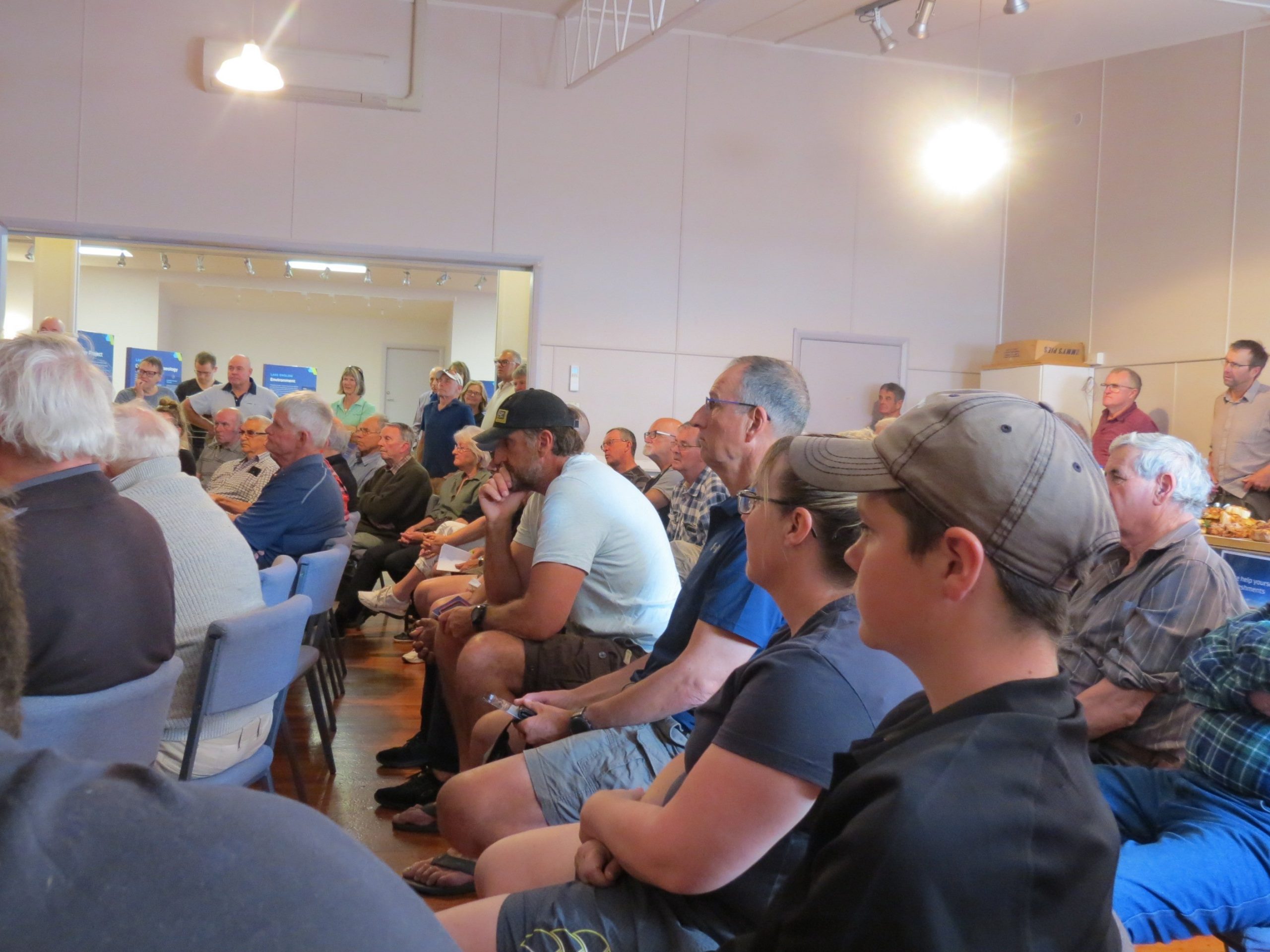A decision to proceed with the Lake Onslow expansion to store energy for New Zealand’s power is not a done deal, Teviot Valley residents were told at the weekend.
Ministry of Business, Innovation and Employment (MBIE) energy projects manager David Darby gave a presentation and answered questions during the first session of a community open day at the Roxburgh Town Hall on Saturday.
A decision to proceed with the Lake Onslow expansion is definitely not a done deal, Mr Darby said, although there was $30 million allocated to investigate the option, while alternatives were only in the ‘‘concept’’ phase.
Lake Onslow is a man-made lake east of Roxburgh and south of Alexandra. It lies 700m above sea level and was formed in 1890 by the damming of the Teviot River and Dismal Swamp.
The lake isone option being investigated to address the country’s ‘‘dry-year problem’’ — when hydro-power lakes run low and fossil fuels must be burned to generate enough energy for the country’s needs. Increased reliance on wind and solar energy could expand the dryyear problem to become a ‘‘dry, calm and cloudy problem’’.
A battery at a smaller lake in the North Island had been discussed, but that option remained in the concept phase, Mr Darby said, and would require a lot of iwi and stakeholder engagement before MBIE even considered geotechnical investigation.
Part ofthe NZ Battery Project includes looking at pumped hydro technology, which is used successfully as a stored energy option for hydroelectricity with large schemes in the United States, the United Kingdom, China and Japan. Australia is currently building a large pumped hydro storage project, Snowy 2.0, and is pursuing smaller schemes. Other options MBIE is investigating for energy storage in phase one are newer and therefore less known, such as hydrogen, bioenergy and new ways of using geothermal energy.
‘‘Onslow is definitely not a done deal,’’ Mr Darby said.
‘‘It will be subject to a Cabinet agreement in early December to move to the next stage of the battery project and, if so, in what form.’’
We are many years away from a decision, and many factors, including a possible change of government, would affect that decision.
The NZ Battery Project had yet to spend all of the $30 million allocated for investigation, and if the project moves to phase two a detailed business case looking at technical, commercial, environmental, social and recreational impacts — $70 million had been set aside, he said.
‘‘That is a very big ‘if’,’’ Mr Darby said.
Phase two was expected to take at least two years, ‘‘possibly more’’ and Phase Three — the completed construction of any battery or storage solution — was at least seven years in the future.
Former Teviot Valley Community Board chairman Raymond Gunn was at the open day as part of NZ Battery Project technical reference group.
He is a fifth-generation farmer in the valley and said most residents were eager to learn more about the potential project and most still had an open mind.
‘‘Some people think it’s too expensive and it’s never going to happen. Some people are quite excited about it and the possibility of growth in this valley.’’
Most farmers who would be directly affected by flooding if Lake Onslow is expanded would rather not see it happen, Mr Gunn said.
‘‘It has caused a lot of uncertainty for them in the next two or three years, because the pin could be pulled by the government at any time.
‘‘Succession planning . . .or general planning on how your farm operates — it’s all up in the air.’’





